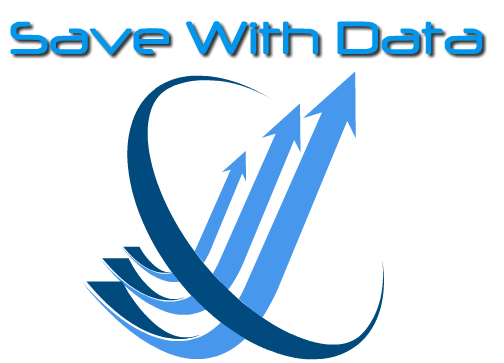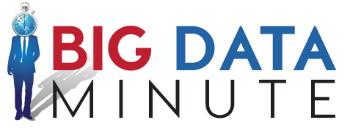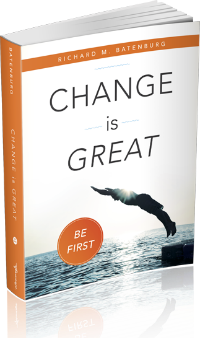
Using Data Analysis To Examine Business Processes
Where do we start the change efforts to fix the processes? First, we have to identify the problem with some analysis––careful, considerate, objective, dispassionate analysis. The only way to accomplish this is to be self-reflective; avoid reflexively and aggressively going after your internal supplier on the front end or your internal customer on the back end. Most everyone in any company is accustomed to working within their silo or department and looking for efficiencies within their area. You will rarely find that managers and operational people are looking for efficiencies that relate to their internal supplier or internal customer—the departments on either side of their silo. They are not typically attuned to how the particular processes within their silo or department impact the end result. In other words, mangers within a silo are simply looking to drive out costs or to make things move faster within their own particular purview.
Only after we examine intention to retention within our own silo will we have any chance to understand how we might change the activities within a specific silo and determine appropriate suggestions for our internal supplier or customer. This is the point at which an outside consultant may be useful to you, someone not deterred by politics and agenda, and who can democratically and sympathetically look at the SIPOC within each silo and communicate ideas in a nonthreatening way. The problem in proceeding without outside assistance is that as soon as you confront somebody in another silo about what they are doing, they are going to get defensive. It is just a natural human reaction. I’m not saying it is impossible to do without an outside consultant, but it does require a little more creativity and a willingness to slow down, to spend time building a relationship and a decent level of trust. Otherwise, your efforts will be counterproductive, and you just put the other silo on the defensive.
A consultant is not the magic pill; any time a consultant comes in, some people will automatically get defensive. Typically, when there’s a consultant hired, it is interpreted to mean that someone higher up the in the company believes there is a need for change, and obviously they are serious about it because they have brought people in from outside. That is a bit threatening, but if you hire the right consultant, it doesn’t need to be.
The next step is to engage in a purposeful conversation with clearly outlined goals for the betterment of everyone, meaning the company in general, which will also impact the company’s external customers. Next, conduct an analysis of all stakeholders in the target silo. This is where a consultant can come in and assess, in a nonjudgmental way, the stakeholder group and see who is going to be receptive, who is going to be protective or defensive, and who is going to be an obstructionist.
It has often been observed that there are three levels of personality types: those that watch things happen, those that make things happen, and those who wonder what’s happening. This last group doesn’t seek to understand what’s going on but will do their best to shut everything down because they don’t like change. They don’t spend the time to evaluate whether it is good, bad, or indifferent. The attitude is, “That’s how we’ve always done it.” Everybody will deny they ever had that thought, but they’re kidding themselves. It is just basic human nature—“new and different” is scary.
Pick your partners and your battles: Who is going to be easiest to work with? It is not usually who you think. If you are doing this internally, you might assume, “I’ve known Lynne over in my supplier silo for a long time. We’ve gone to conferences, and we have a good relationship.” That might be a good place to start, but do not assume this new interaction will be more fruitful because of that relationship. The change effort that we’re talking about here may require less of a social awareness of one another and more a business respect level, along with a congruence around the idea of change for the betterment of the two silos and, ultimately, the external customer. If you can find the later, professional alignment, as well as personal alignment, you can make magic, we have all been on or seen what a great team can accomplish—regardless of talent.
-Richard M. Batenburg Jr.






Recent Comments